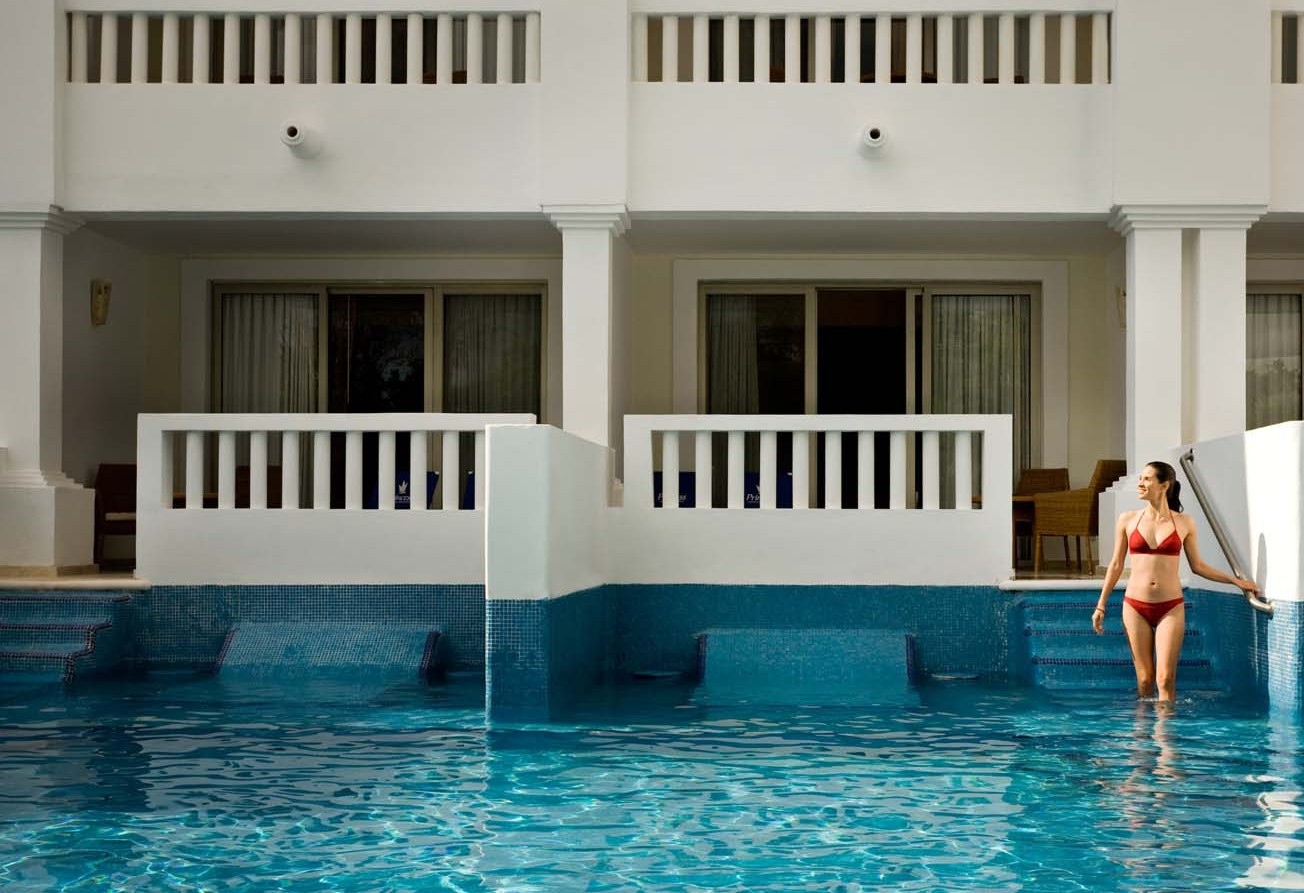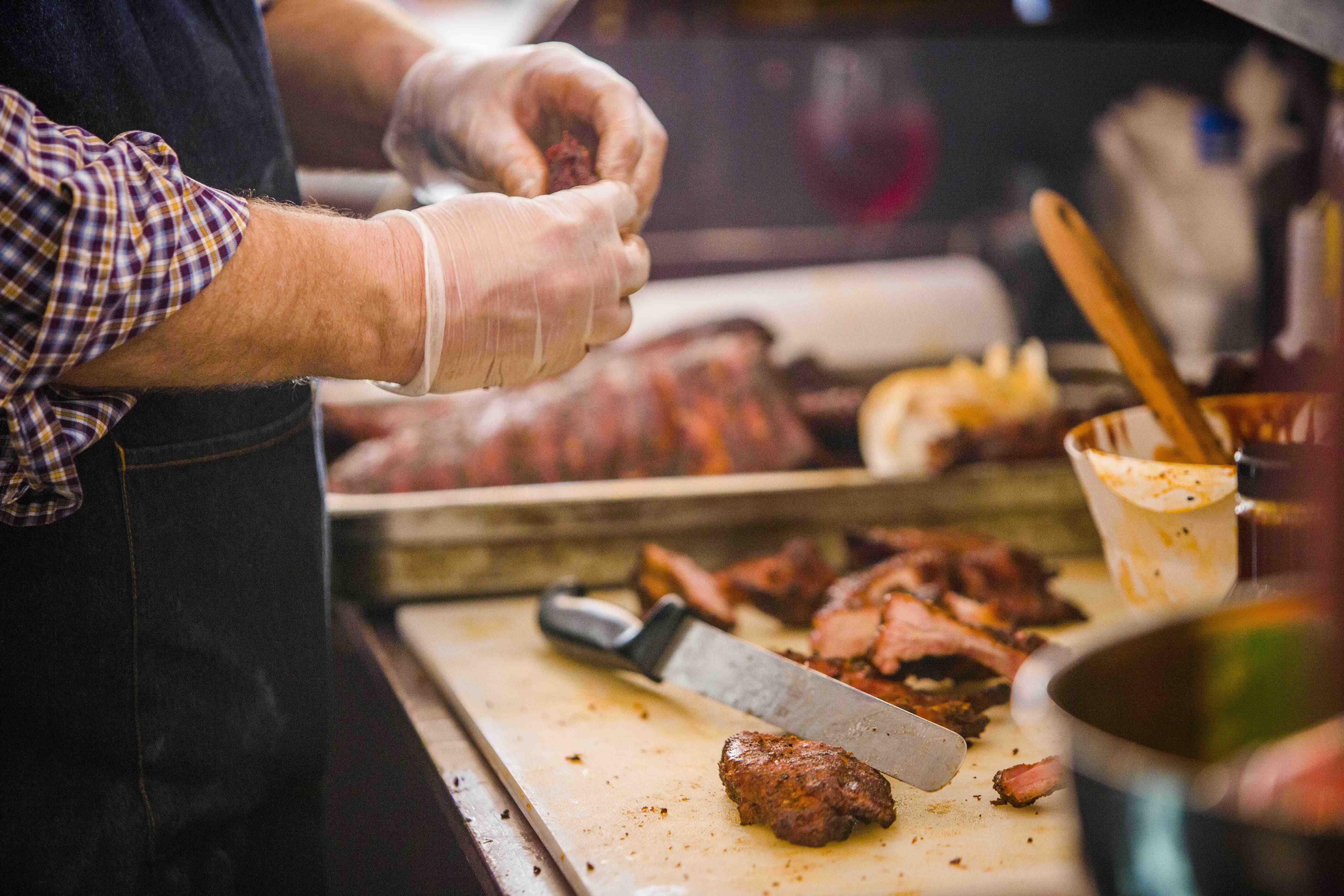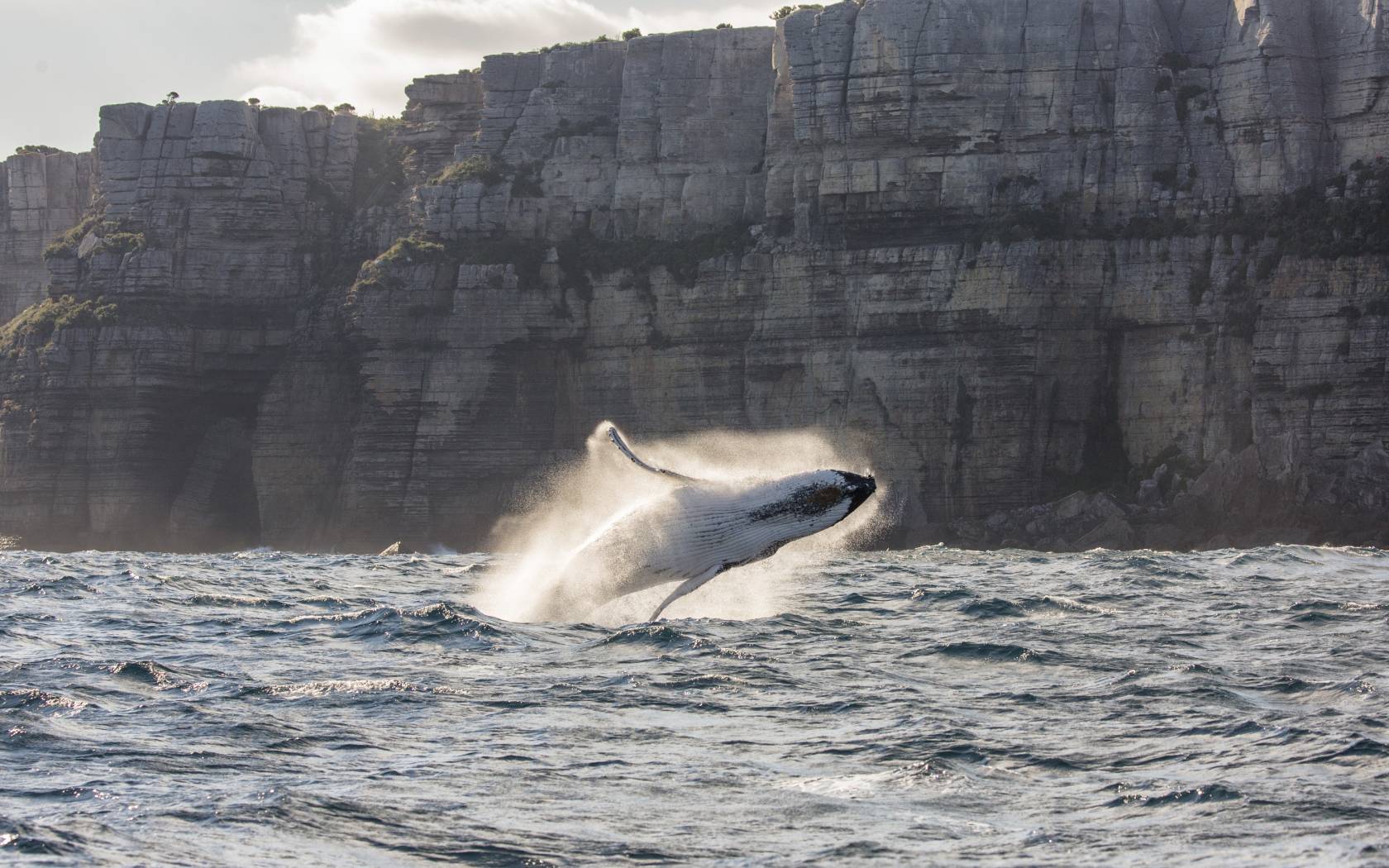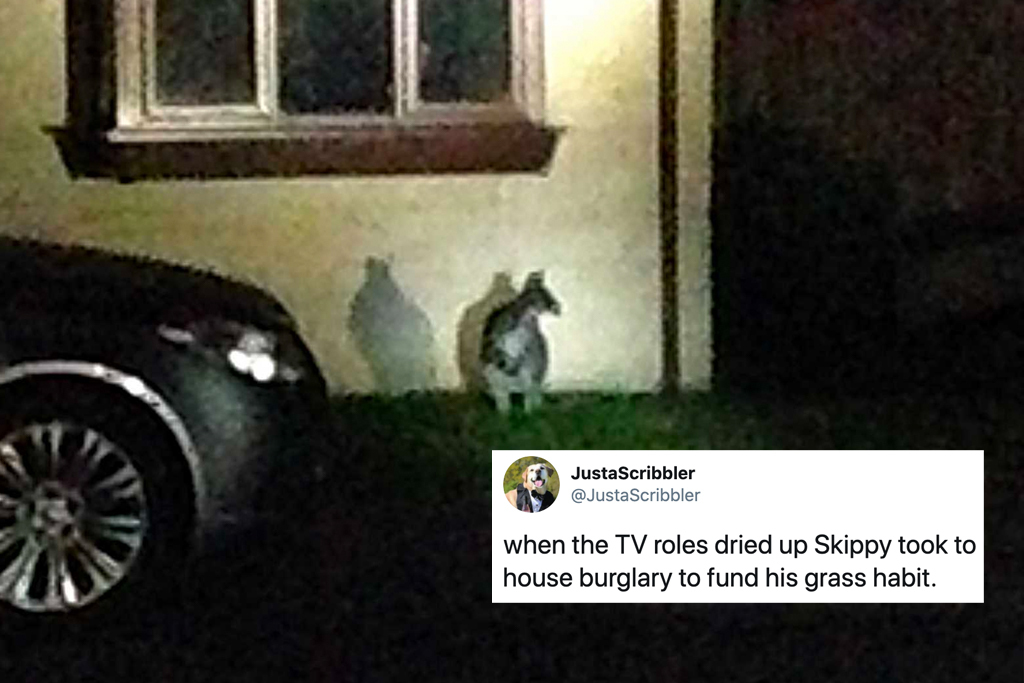5 Awesome Wildlife Adventures In Africa
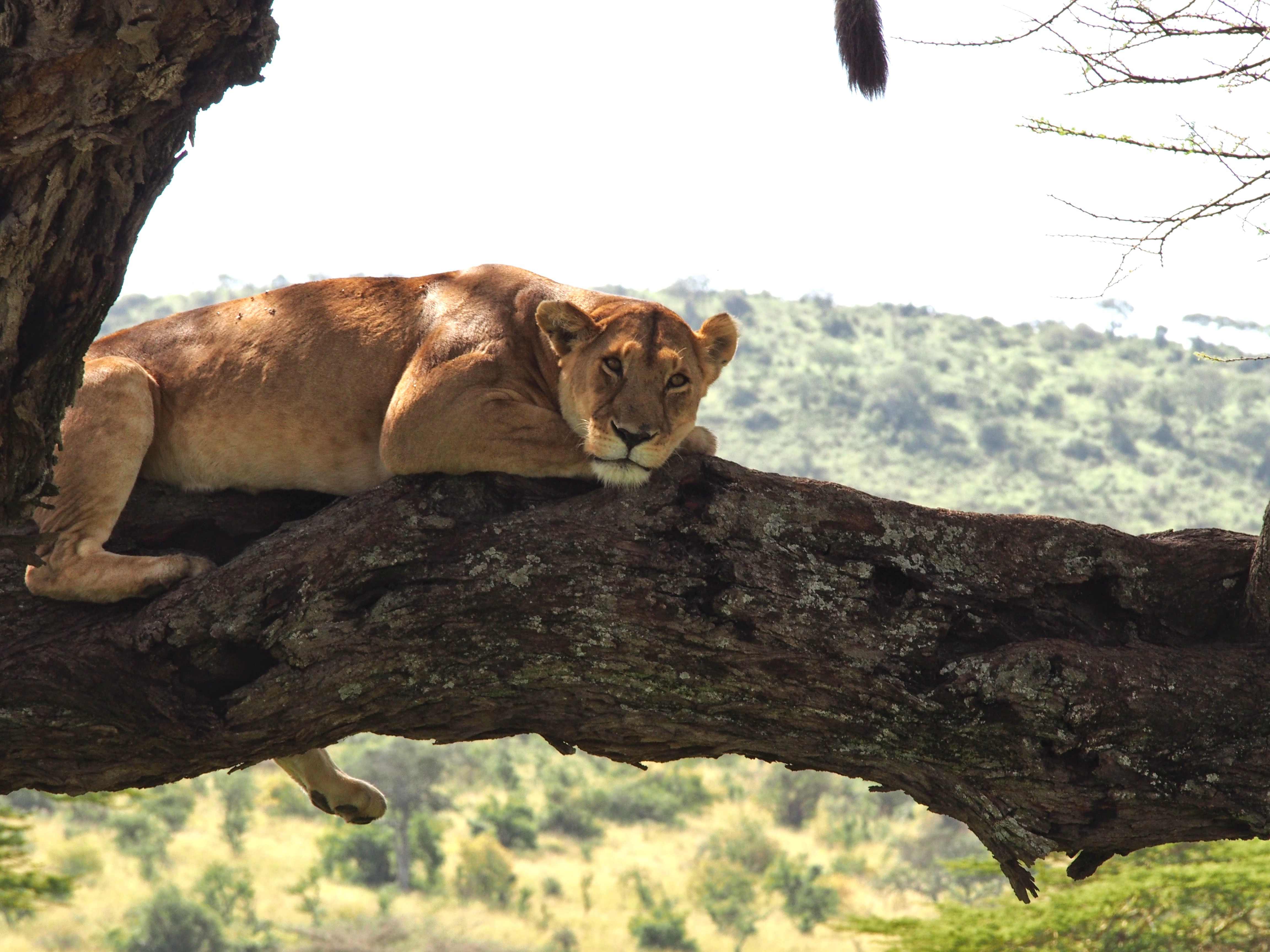
Adam is a Sydney-based freelance writer whose contributed to GoNomad…
The word ‘safari’ is Swahili for ‘journey’. For many people, a journey to Africa is incomplete without seeing ‘The Big 5’ – elephant, rhino, water buffalo, leopard, and lion. That might seem like a strange list of ‘big’ animals in a continent that’s also home to hippopotamus, wildebeest, gorillas, and giraffe, but ‘big’ here doesn’t refer to size.
The Big 5 actually refers to the five animals that were most prized by game hunters back in the day when killing such animals for sport wasn’t considered completely abhorrent. Believe it or not, for the right price, some demented fools can still go out into a National Park in Africa and shoot an elephant, but the vast majority are happy to just shoot film and take home a memory of being in the wild with some of the world’s most iconic creatures.
This list of great African safaris is far from definitive (South Africa’s Kruger National Park, Kenya’s Maasai Mara National Park, and Namibia’s Etosha National Park are all noticeably absent), but they’re all journeys well worth taking.
#1 Serengeti National Park, Tanzania
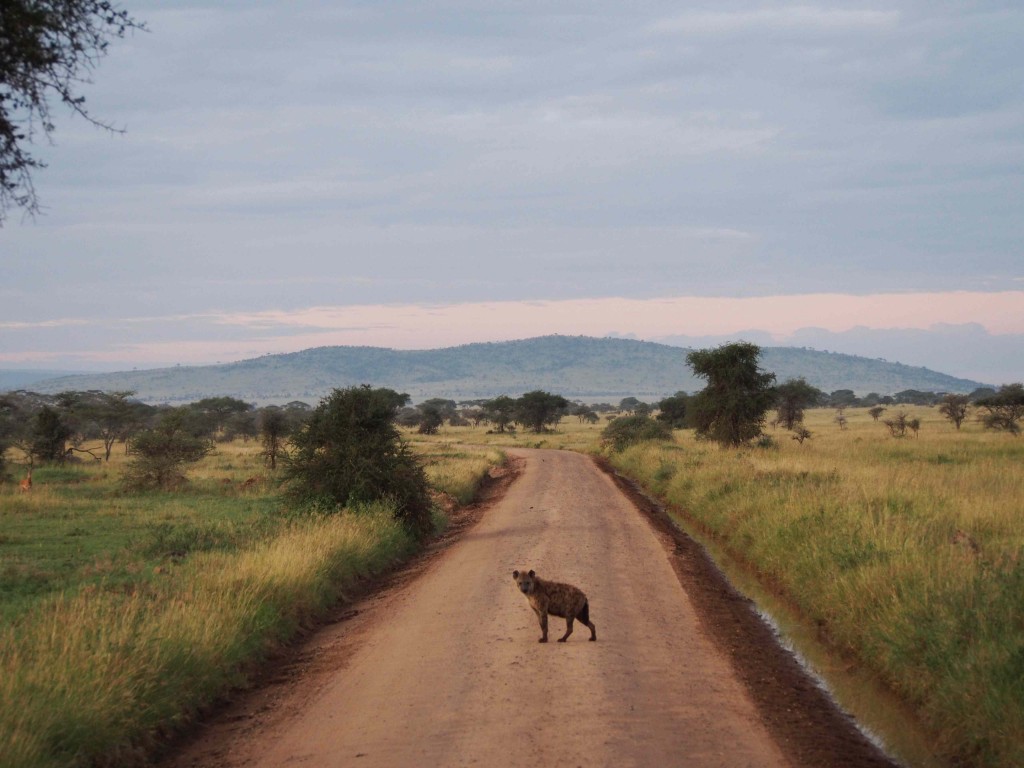
According to African folklore, wildebeest were constructed from the spare parts of other animals. Seeing one of these bizarre ungulates is exciting enough, but the vast acacia-studded savannah of the Serengeti is where one of the greatest mass movements in nature plays out – when hundreds of thousands of wildebeest, zebra, and antelope give birth and move north to the greener pastures of the Maasai Mara while lions, leopards, hyenas and cheetahs slip through the long grass, eyeing off their young.
Even if you miss the migration, the Serengeti offers the chance to see a stunning array of wildlife in one of the most majestic landscapes on earth. You can easily spend several days driving around the Serengeti, with accommodation ranging from high end hotels to camping. Camping is better – the sky in the Serengeti is so free of light pollution that at night, you can see the Milky Way stretching across the sky in a thick white line like an interstellar rainbow. The campsites have no borders or fences, just a few Maasai robes hung on crosses like scarecrows to keep the lions away.
At night I heard loud galloping hooves not too far away and elephants blaring in the distance. One morning we woke up and our friend Tim’s moccasins were missing from the front of his tent. We found them a few metres away, with half of one tongue missing. Our guide Ombeni inspected it and concluded that Tim’s moccasin had been attacked by a hyena.
#2 Ngorongoro Crater, Tanzania
Ngorongoro crater is the world’s largest unflooded caldera – that’s a volcano that’s collapsed in on itself, in this case leaving a massive bowl-shaped structure that’s home to one of the densest concentration of animals in Africa.
This lush green land has traditionally been used by Maasai pastoralists. The word Ngorongoro is an onomatopoeic word from the Maasai language that resembles the sound of cow bells ringing. Driving into the crater we were greeted first by Maasai children running from their huts and large herds of cattle, before being greeted by more unusual herds of giraffe, zebra, wildebeest, antelope and buffalo.
A lion dozing in the middle of the road forced our car to stop. A lioness was also resting nearby. Suddenly, the male lion woke, in the mood for love, and mounted the lioness. The whole ordeal lasted about a minute and it sure wasn’t romantic.
#3 The Okavango Delta, Botswana
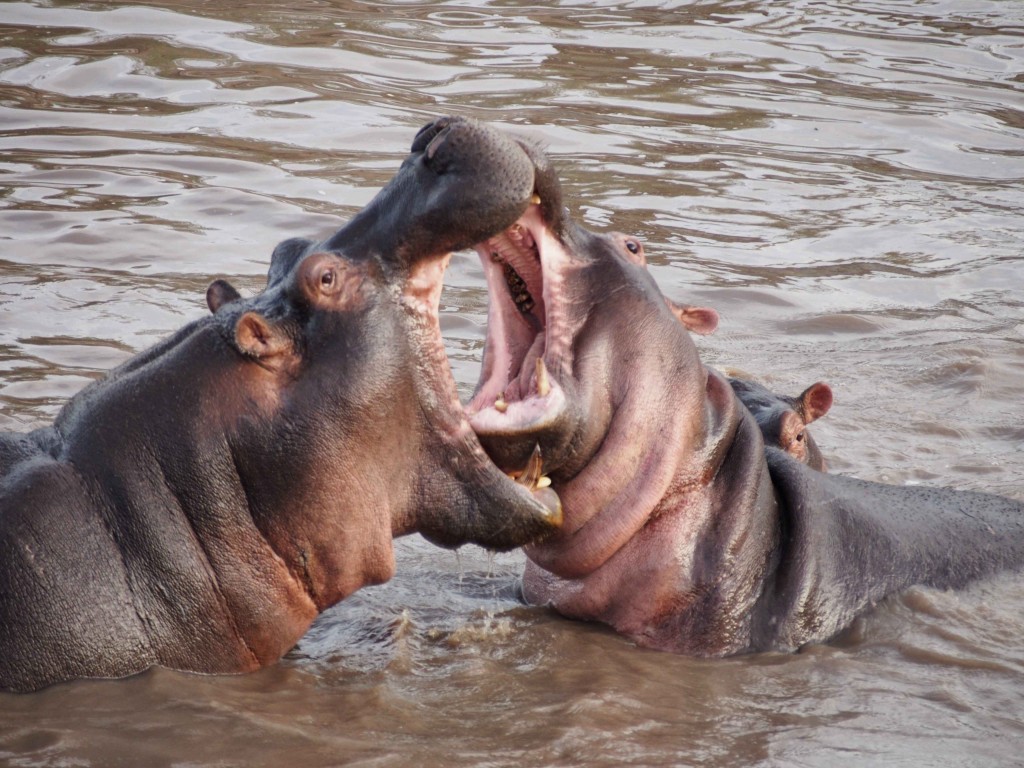
The Okavango delta is a vast wetland which you travel through in simple fibreglass canoes called mokoros. We camped on a little island in the Delta, going for walks in the day to find wildlife and trying to learn how to guide a mokoro by standing at one end and pushing along the wetland floor with a long pole. It’s not as easy as it looks, and there was plenty of capsizing into the icy water. One of our guides, an alleged rapper who called himself ‘Indian Boss’, implored us to “open our hearts to the mokoro”. This is perhaps the most impractical piece of canoeing advice I’ve ever heard.
On sunset, we mokoroed out through the reeds until we came to a clearing with a group of hippos huffing and gurgling about 50 metres or so from our canoe. Hippos are actually the second most dangerous animal in Africa (mosquitoes are number one). They’re fiercely territorial, meaning if you enter their personal space, you’re liable to get chomped like a biscuit by their fearsome jaws that possess a bite force of one tonne. I asked our guide MD if it was wise to be sitting in a flimsy canoe so close to animals widely renowned for being homicidal maniacs.
“Don’t worry,” MD said. “The hippos don’t tip the boats very often.”
“When was the last time a boat got tipped?”
“Oh, long time… maybe one week!”
Ah Botswana – certainly not a nanny state.
#4 Liwonde National Park and Nyika National Park, Malawi
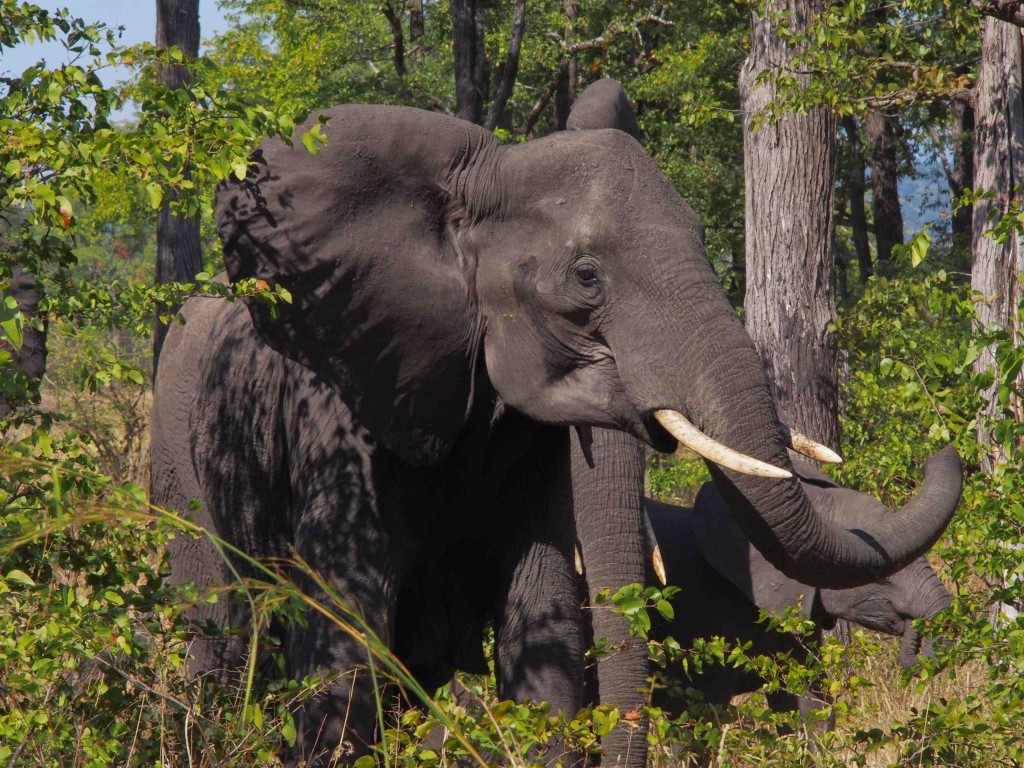
The safari parks in tiny land-locked Malawi are not as famous or as grand as those in South and East Africa, and they don’t have as many animals (great sales pitch, I know). However, this means that they’re a lot cheaper, and there are far fewer tourists, so it sometimes feels like you have the whole park to yourself. We never saw another vehicle in Liwonde, which made it both more special and more terrifying when a giant bull elephant crossed our path, and shook his mighty head at us.
And it’s probably for the best that there’s no apex predators in Nyika National Park, which offers the quaint novelty of heading out to see giraffe, warthog and zebra on bicycle.
#5 Matobo National Park, Zimbabwe
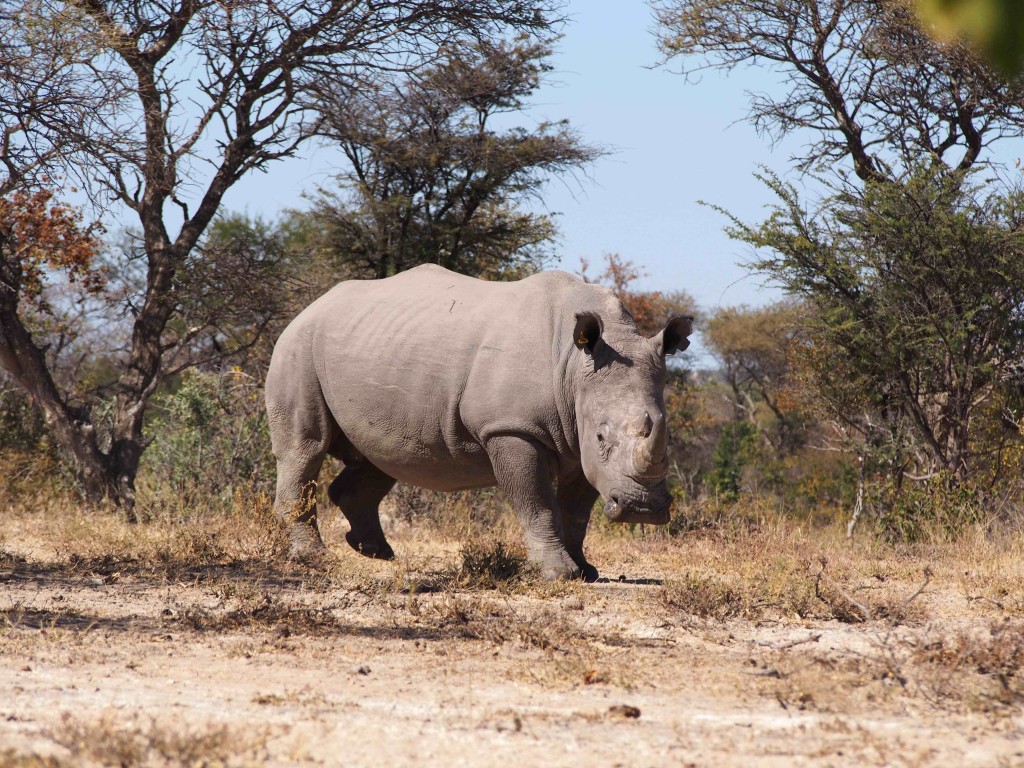
Rhinos are one of the most critically endangered species on earth. The demand for their horns means about 1000 rhinos are shot by poachers every year in southern Africa. There are only about 20,000 white rhinos left in Africa, and just 5000 black. In 2013, the last rhinoceros in Mozambique died.
That makes Matobo Park a particularly special place. You can walk into the bush with a guide and find these beautiful, ancient creatures living free from immediate danger. We were lucky enough to find some relaxed rhinos, and we sat in the shade of some nearby scrub and just watched them for about half an hour. Knowing that the animal I was looking at might be gone from the wild within a few generations made the whole experience particularly haunting. Absolutely beautiful.
(All images: Adam Black)
Qantas flies to South Africa, a gateway to the rest of the continent.
Adam is a Sydney-based freelance writer whose contributed to GoNomad and The Brag. He's travelled extensively through Asia and South America, and most recently spent ten months living in Africa, where he had a chameleon on his head for a short while. He misses being yelled at the in street now that he's back home.




